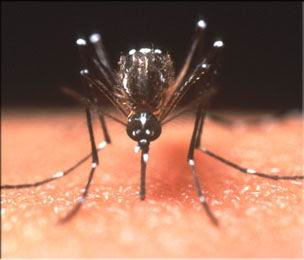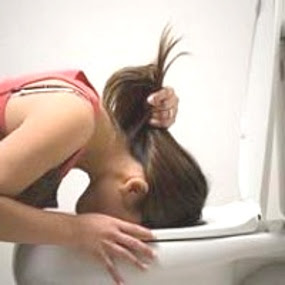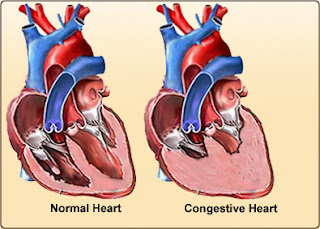Nursing Assessment for Schizophrenia
Nursing Assessment for Schizophrenia Symptomatology (Subjective and Objective Data) in clients with schizophrenia, delusions and disorders associated with psychosis obtained (Townsend, 1998; 148): Autism Is a situation which focuses on the inner (inner side). Someone may have created his own world. Words and certain events may have special meaning for the psychosis, the meaning of a symbolic nature that only understood by the individual. Emotional ambivalence The power of emotions, love, hate and fear produced many conflicts in a person. Every time there is a tendency to compensate for other people to emotional neutralization occurs and consequently the individual will experience a sense of apathy or indifference. Affect is not appropriate Affect flat, blunt and often not appropriate (eg patient laughed when told of the death of a parent). Losing associative This term describes the profound disorganization of thought and verbal language of the people who psychosis. Mind very quickly, a...






